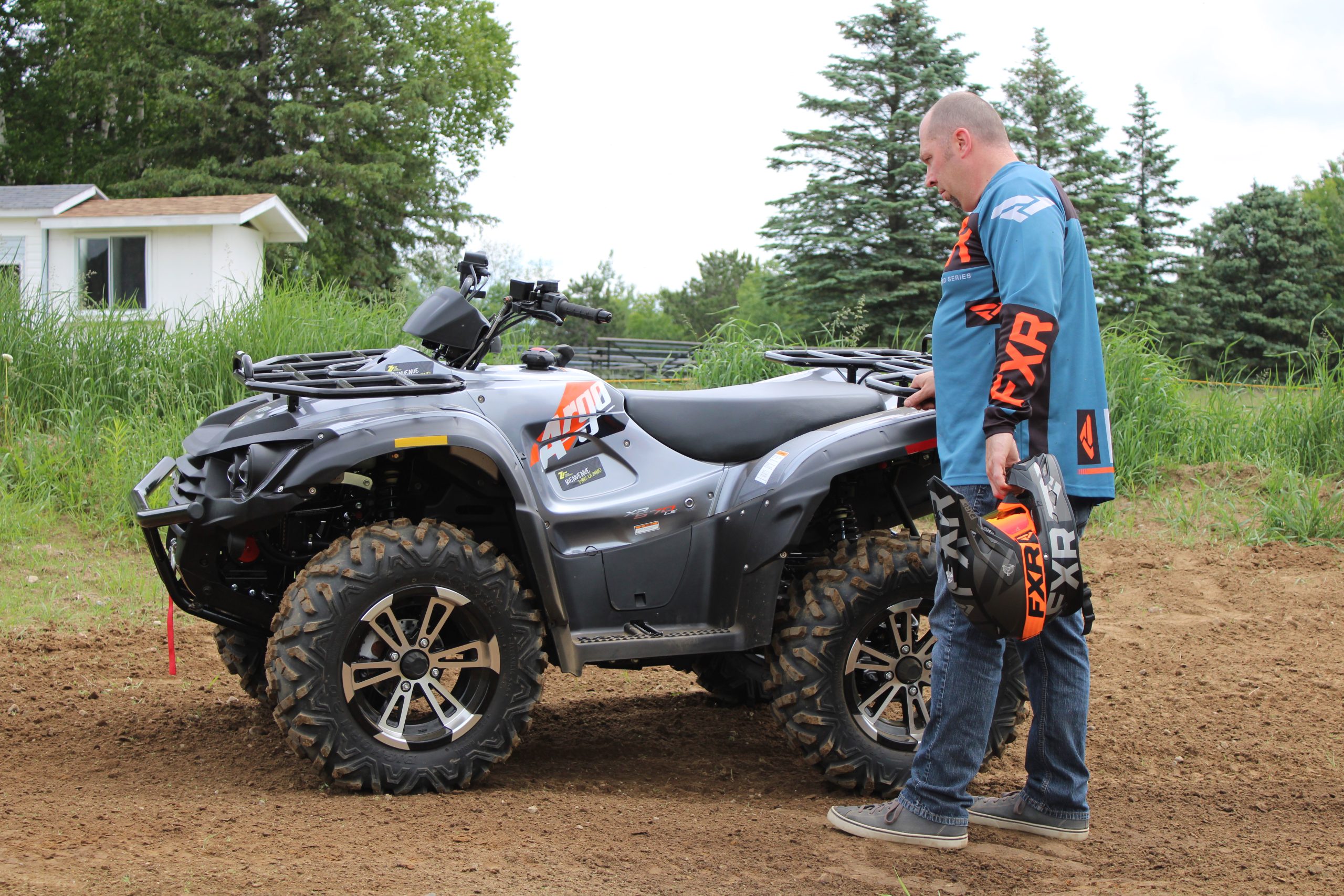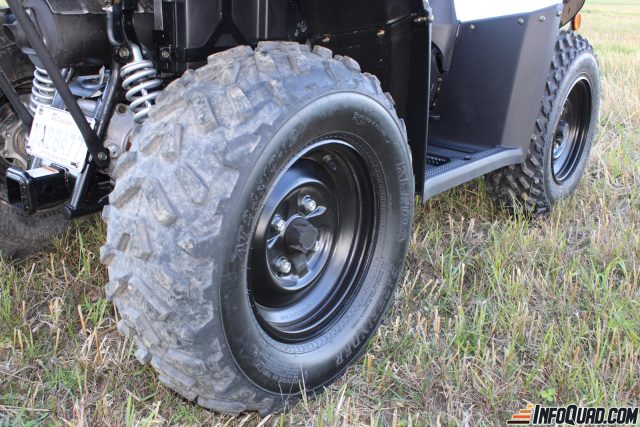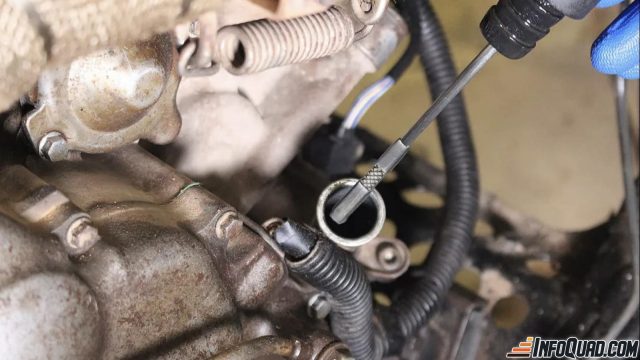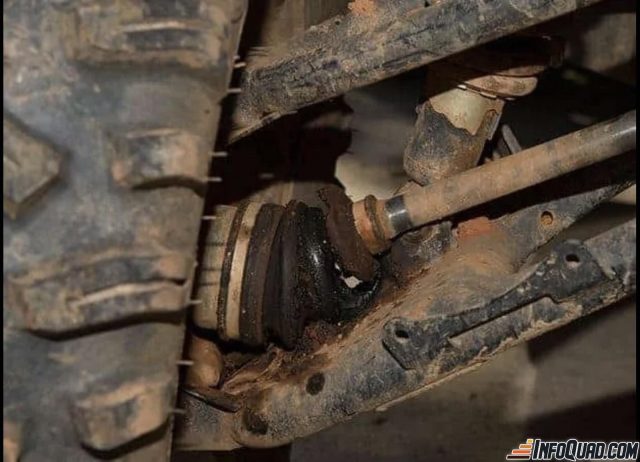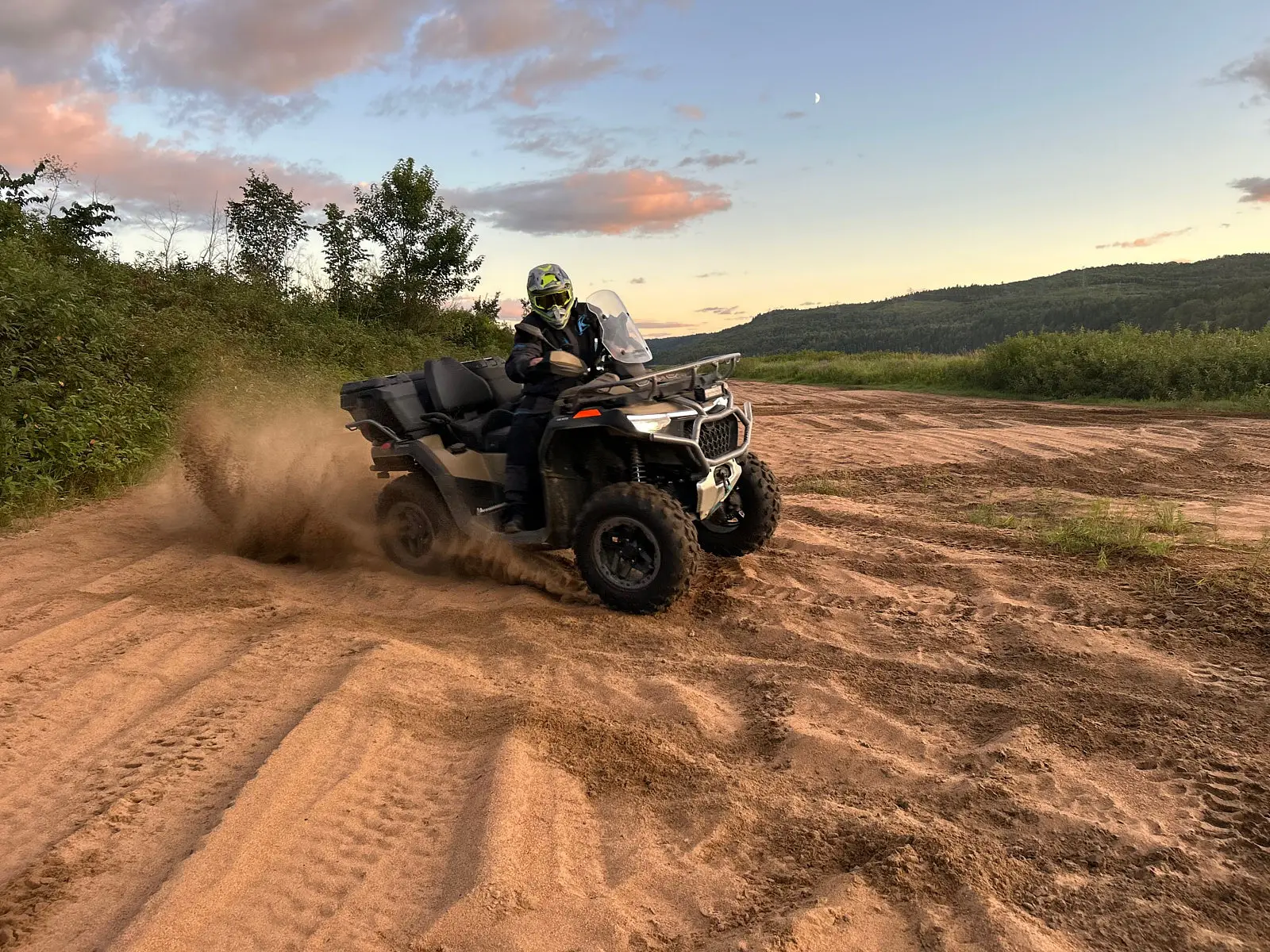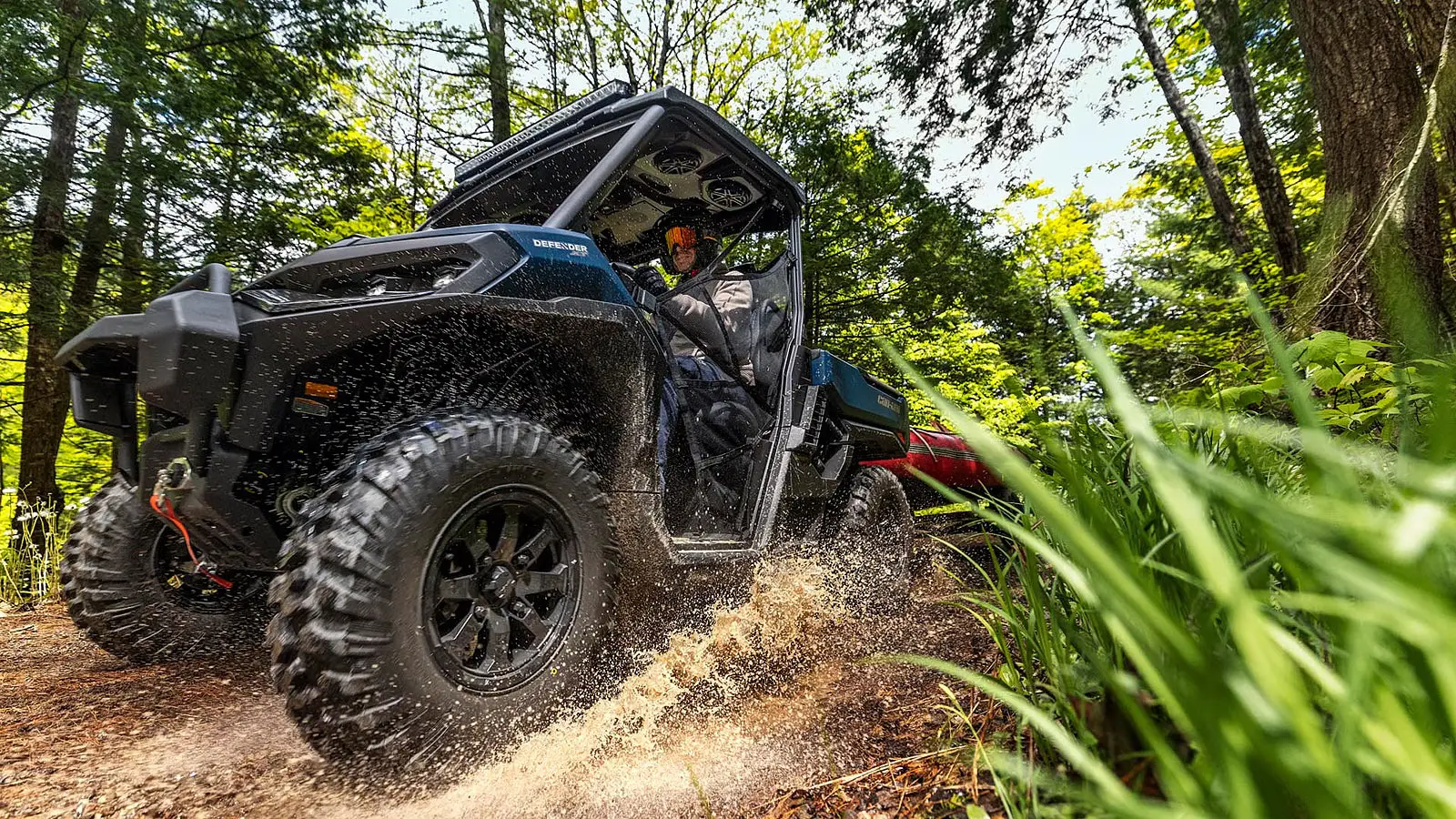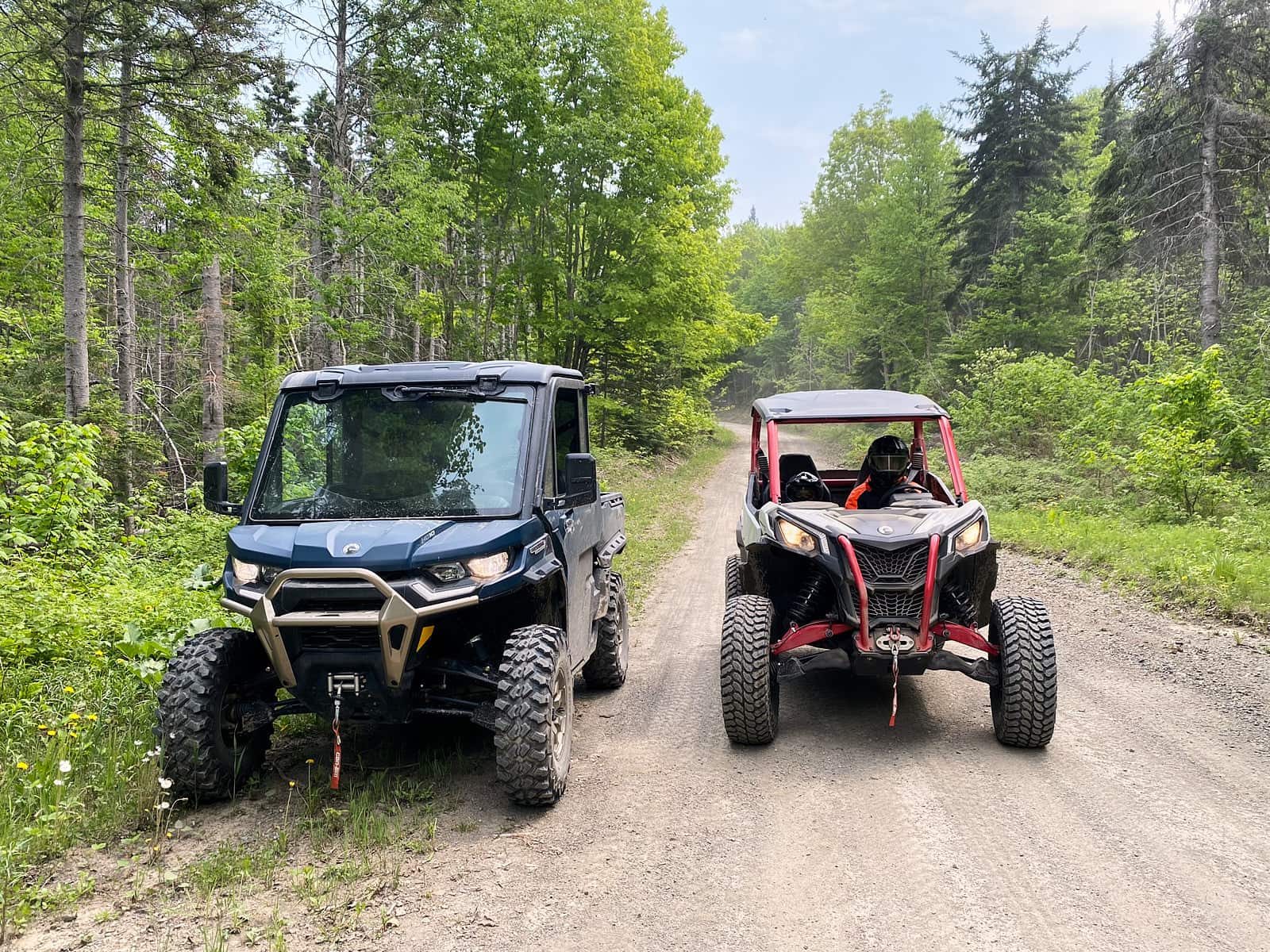Table of contents
ToggleYou’re in the process of buying a second-hand quad or an autoquad. However, it’s difficult for you to assess its value and determine whether it’s a good deal. We’ve put together a checklist you can rely on to make sure your golden carriage doesn’t turn into a pumpkin at the stroke of midnight.
1- Its Value
First and foremost, applications and websites are a very good indicator of the market value of a used vehicle. However, several factors will influence the price a seller can ask beforehand.
- General condition: The aesthetic and mechanical condition of a vehicle will have an impact on its value;
- Model: Some quads are less popular than others, and therefore harder to resell;
- Maintenance;
- Mileage;
- Equipment;
- Season;
- etc.
All you have to do is take the time to make the comparisons and come up with a value that’s much closer to the current reality. Keep a cool head and avoid getting carried away too quickly. A sudden crush could make you regret an impulsive purchase.
2- Its General Condition
The first aspect you’ll need to consider when in the presence of the vehicle is its aesthetics. It will reveal many clues about the care an owner has given his vehicle.
- Are the body panels broken on both sides?
- Are the decals faded?
- Is the chassis showing signs of impact?
- Is rust beginning to do its devastating work?
If so, they’ll sound the alarm that this vehicle has had some life. This is a major factor in determining a vehicle’s true value. If you’re unsatisfied with what you see, there’s no need to discuss it further. You’re better off leaving the vehicle to another buyer who will be more inclined to overlook these cosmetic aspects.
3- Tires
The big black donuts on the 4 corners of the vehicle are very important. Not only do they provide the grip you need on the trail, they also ensure that you can get from point A to point B safely. That’s why an inspection of these corners is of the utmost importance. Bear in mind that a set of 4 quad tires can easily cost $1,000, and even more in some cases. So, it’s important to give them some thought.
- Is the center tread worn?
- Are the sidewalls showing signs of ageing (cracking)?
- Have several drill bits been used to repair punctures?
The answers to these questions will tell you a lot about the remaining life of your tires, and the cost of replacement.
4- Presence of Oil
Check for oil at the base of the cylinder head gasket and valve cover. If so, this is a sign that the gasket needs immediate replacement.
5- Engine Oil
After warming up the engine properly, make sure you’re on a flat surface to check the oil level. Remove the dipstick, wipe it with a clean cloth, reinsert the dipstick and remove it again to take the reading. The reading should be between the 2 lines. Also check for metal deposits. If so, this could mean premature motor wear.
6- Shock Absorbers
Pay particular attention to the damp areas around the top of the shock absorbers. They could be at the end of their life if you detect oil or grease stains. Don’t forget that a defective shock absorber will not provide adequate oscillation when overcoming an obstacle. As a result, the vehicle’s stability and grip will be greatly compromised.
In addition, place the vehicle on a flat surface and if you detect a sagging corner, it could be that a shock absorber is showing signs of weakness.
Finally, press your weight down successively on each end of the vehicle, observing the movement of the shock absorber as it releases. If the shock absorber oscillates excessively, or simply won’t rise, it’s simply not working.
7- Steering
When you’re at the vehicle’s handlebars or steering wheel, is there any noticeable play? If so, a ball joint may be defective.
If possible, lift the vehicle and grip the tire at the 12:00 and 5:00 positions. Then tilt the tire inwards and outwards. If you feel any play, you may have a bad bearing, a bad ball joint, or both.
8- Drive Shafts
The first step is a visual inspection for grease or tears. If the bellows of the constant velocity joint is torn and grease is leaking out, there’s a good chance that the joint is defective too.
You can also detect a faulty universal joint during a test drive. Turn the handlebars (or steering wheel) all the way to one side, then back off in a circle. Turn the handlebars in the other direction and repeat the process. If you hear a pronounced clicking or popping noise, there’s a good chance that an external CV joint is worn.
9- Air Filter
A quick inspection of the air filter will give you a very significant clue to the previous owner’s maintenance frequency. The air filter is a vehicle’s first line of defense, preventing airborne contaminants such as dirt, dust and leaves from entering the engine compartment.
Over time, the engine air filter can become clogged and lose its ability to filter the air entering the engine. If the air filter becomes clogged with dirt and debris, this can have a profound effect on engine performance and fuel consumption.
Consequently, if particles have penetrated this barrier and affected mechanical components, engine life could be greatly reduced.
10- Brakes
Good brake pad maintenance is essential for our safety as drivers and passengers. Simply put, a vehicle’s brakes enable us to slow down and stop.
On many quads, the brake pads can be seen through the wheel. If so, inspect them to determine their thickness. If they look very thin, less than ¼ inch, they probably need replacing. Even if this replacement is not very expensive, it should be taken into account when assessing the vehicle’s approximate value.
In Conclusion
This checklist will give you an accurate idea of the value of your coveted second-hand quad. What’s more, it will give you the arguments you need to negotiate a fair and equitable deal for both parties.
You can also read this article on the subject:
New or Pre-Owned Quad: how to choose the best all-terrain vehicle for you

